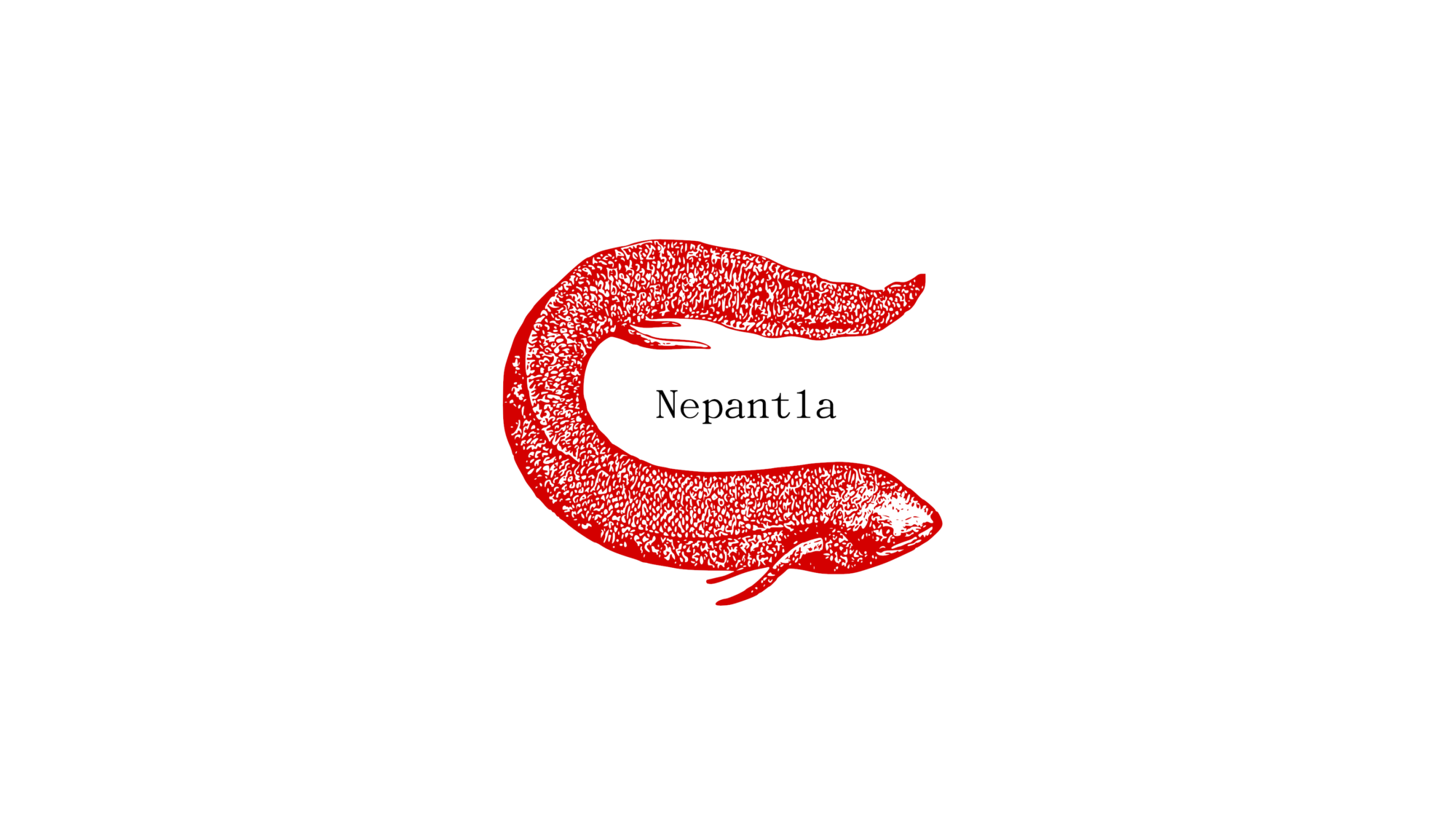The corona virus has spread across the globe and changed life as we knew it. During this difficult time, we are all waiting for potential treatment options or vaccines for this corona virus (SARS-CoV-2) and the coronavirus disease (COVID-19).
There are two options to fight this viral infection, either vaccines or antivirals. Vaccines are best given before infection occurs as a preventative measure and antivirals are used for patients who are currently sick due to the virus infection. This article is a short summary of what type of vaccines could be developed against SARS-CoV-2.
The goal of a vaccine is to induce an immune response to block the disease-causing virus or other microbe to protect the body from disease. In other words, to ‘teach’ the body to protect itself from a disease-causing organism. This article discusses three types of vaccines.
- Virus-based vaccines – often a weakened or inactivated form of the virus.
- Protein-based vaccines – A viral protein or a segment of viral protein.
- Nucleic acid-based vaccines – DNA or RNA that encodes for a protein.
Many vaccines that are used today are virus-based vaccines. One example is the polio vaccine, which has nearly removed this, previously debilitating infection, from the face of the planet. Scientists can take the disease-causing agent (e.g. SARS-CoV-2) and weaken it so virus no longer causes disease, but the immune system can recognize the virus and develop antibodies against the virus. Should the ‘real’ virus infect a vaccinated individual at a later time point then the body has immunity to the disease.
Instead of injecting a weakened form of the virus it is possible to inject a viral protein to provide immunity. The viral protein is a piece of the virus that the immune system can recognize and develop antibodies against. Upon infection with the real virus, the body can recognize the protein with the antibodies and stop the virus from causing disease. Hepatitis B vaccines work with this method.
Nucleic acid-based vaccines are based on the principle that instead of giving the body a weakened virus or a piece of the virus (viral protein) we can let the body make the viral protein itself. This is done by injecting viral encoding DNA or RNA. The DNA or RNA enters the human cells and the cell uses that information to make the viral protein, which the immune system recognizes. The body would then be able to recognize the protein and stop the virus from causing disease. This approach is still theoretical since there are currently no approved nucleic acid-based vaccines. There are however ongoing human clinical trials.
With countries around the world beginning discussions and plans to re-open shops, restaurants, cafes, office, clubs – essentially to re-open everything – an effective vaccine for SARS-CoV-2 would be extremely helpful. Hopefully we all get some good news soon. Until then, stay safe.
- The science behind potential Corona virus vaccines - May 8, 2020









